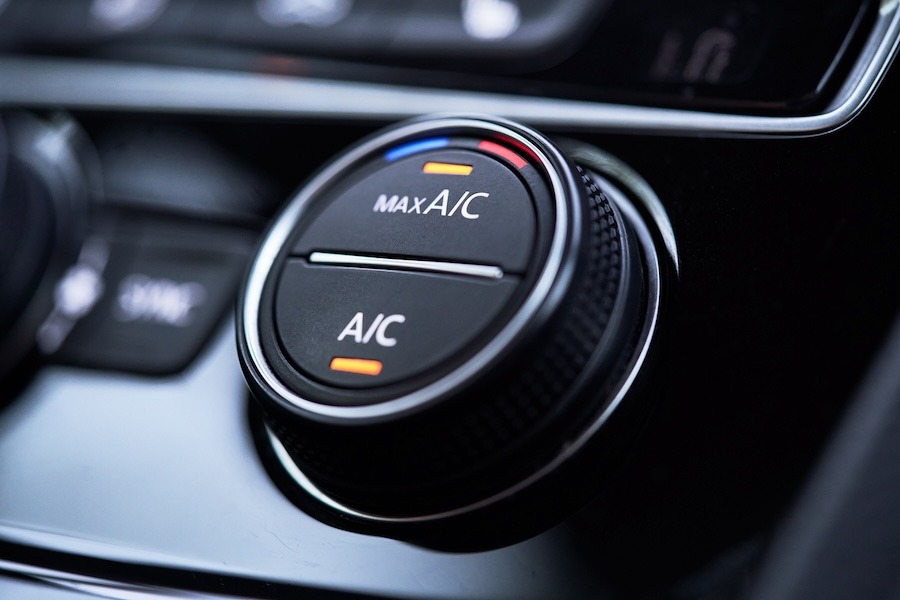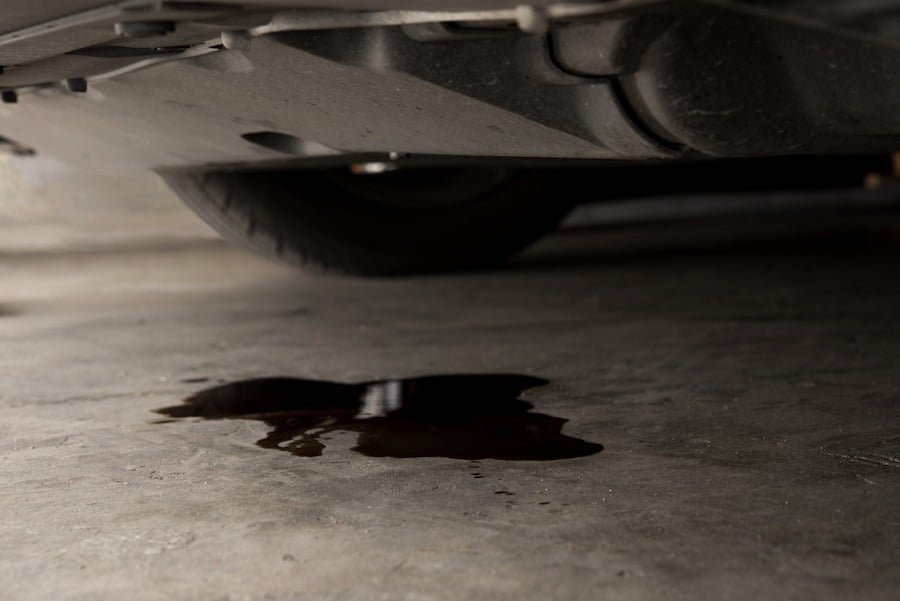Understanding Tire Blowouts: Causes, Prevention & What To Do
The short answer: A tire blowout is when your tire suddenly bursts while driving—usually due to an underinflated tire, damage, or worn-out rubber. But here’s the good news: with a little know-how and regular maintenance, most blowouts are completely preventable.
If you’ve ever heard a loud pop and felt your car pull hard to one side, you know how frightening a tire blowout can be. These sudden tire failures cause thousands of car accidents every year—many of which could be avoided with basic upkeep and awareness.
At Tinker DIY, we’re all about helping you gain confidence around your vehicle. Whether you’re just learning to rotate your tires or already deep into engine upgrades, this guide breaks down everything you need to know about tire blowouts: what causes them, how to prevent them, and what to do if one happens on the road.

What Causes Tire Blowouts?
Tire blowouts may seem like random accidents, but they almost always have a cause hiding in plain sight. Here are the most common culprits:
1. Underinflated Tires
Driving on low tire pressure is the #1 cause of tire blowouts. When tires are underinflated, the sidewalls flex more than they should, especially at highway speeds. This creates excessive heat that weakens the tire structure from the inside out. Eventually, the rubber separates from the inner belts—a condition known as tread separation—and the tire fails.
DIY Tip: Use a quality tire pressure gauge to check all four tires at least once a month. Make sure to check when the tires are cold (before driving) for the most accurate reading.
2. Overloading Your Vehicle
Carrying more weight than your vehicle is rated for puts extra strain on your tires—especially during long drives or hot, high-temperature summer road trips. Even if you stay under the total weight limit, uneven weight distribution can put excessive pressure on individual tires and increase the risk of a blown-out tire.
DIY Tip: Check the sticker inside your driver’s door jamb for your vehicle’s gross vehicle weight rating (GVWR). Distribute cargo evenly to avoid stressing one corner.
3. Road Hazards and Damage
Potholes, nails, road debris, and curbs can create small punctures or damage tires in ways that aren’t always visible. A sharp object or weak spot might not cause immediate failure, but over time—especially at high speed—it can result in a sudden tire blowout accident.
DIY Tip: After hitting a pothole or curb, inspect your tires and feel for new vibration or steering wheel pull. For extra peace of mind, connect with a Tinker DIY expert via video chat for a tire check.
4. Tire Age and Wear
Even if the tire tread looks okay, the rubber compounds degrade over time due to heat, oxygen, and UV exposure. Bald tires or those past their service life are much more likely to suffer from tread separation or total failure. Most tire manufacturers recommend replacing tires every 6–10 years.
DIY Tip: Check the DOT code on your sidewall. The last four digits show the week and year the tire was made. For example, “2319” means the 23rd week of 2019.
5. Manufacturing Defects
A defective tire can fail without warning. Common manufacturing defects include improper steel belt alignment, weak bonding, and trapped air pockets. These issues can lead to dangerous tire blowout accidents and even serious injury.
DIY Tip: Visit the National Highway Traffic Safety Administration website to search for recalls using your tire’s brand and serial number.
Warning Signs to Watch For
Blowouts rarely come without warning—if you know what to look for:
Visual Red Flags
-
Sidewall bulges or bubbles
- Cracks, dry rot, or deep cuts
- Uneven tread wear across the tire’s tread
- Tread separation or visible belts
- Sharp object embedded in the rubber
Performance Changes
- Car pulling to one side
- Steering wheel vibration
- Increased noise from a tire
- Loss of fuel efficiency
If you notice these signs during routine maintenance or while driving, act fast. An underinflated tire or a damaged sidewall can quickly turn into a blown tire and cause a serious accident.

How to Prevent a Tire Blowout
Simple habits go a long way toward tire safety.
Monthly Tire Pressure Checks
Underinflated tires are a hidden risk. Use a tire pressure gauge to check pressure monthly and adjust based on your car’s specs. Maintaining proper tire pressure helps prevent tread separation and reduces blowout risk.
Rotate and Align Tires
Rotate tires every 5,000–8,000 miles to ensure even wear. A misaligned vehicle can wear out tires faster and cause premature tire failure.
Manage Your Load
Overloading is common among truck drivers, DIY movers, and weekend warriors. Even seasoned drivers overlook this. Keep total load under the GVWR and distribute weight evenly to avoid excessive strain on any single truck tire.
Seasonal Tire Maintenance
- In hot weather, tires expand—check pressure more often to avoid overinflation.
- In cold months, tire pressure drops—reinflate to spec.
- Swap in seasonal tires for winter or extreme summer conditions.
Pro Tip: High temperature and excessive heat can accelerate rubber breakdown, increasing the chance of a tire blowout.
Don’t Ignore Routine Maintenance
Regular tire maintenance, inspections, alignment, balancing, can catch early signs of a weak spot or defective tire before it leads to disaster.
What To Do During a Tire Blowout
If a blown-out tire hits unexpectedly, knowing how to respond can prevent a car accident or serious injury.
Stay Calm and Focused
- Grip the steering wheel firmly with both hands.
- Don’t slam the brakes—that can cause skidding.
- Gently press the gas to stabilize, then slowly ease off.
Pull Over Safely
- Turn on your hazard lights.
- Steer gently to a flat shoulder or safe area.
- Let the vehicle slow to around 20 mph before turning off.
Emergency Kit Checklist
Your trunk should always include:
- Spare tire (inflated)
- Jack and lug wrench
- Flashlight with batteries
- Reflective triangles
- Gloves and poncho
- Basic tools
When to Call Roadside Assistance
Call for help if:
- You're on a highway with no safe shoulder
- It’s dark or rainy with poor visibility
- You lack tools or can’t safely lift the vehicle
If you’re stuck in oncoming traffic or a high-risk area, stay buckled up inside with hazards on until help arrives. Roadside assistance and emergency responders are trained for these scenarios.
Liability, Defects & Insurance
Sometimes tire blowouts aren’t your fault. If a manufacturing defect caused the failure, the tire manufacturer may be liable. In the United States, several tire recalls have been issued due to defective tires that led to a serious accident or injury.
Insurance Tip: If a tire blowout accident involves property damage, medical attention, or oncoming traffic, document everything. File a police report, take tire photos, and notify your insurance company. A thorough investigation can determine if the tire failure was due to a defect, driver negligence, or a road hazard.
Truck drivers and commercial vehicle owners should be especially cautious—blowouts involving truck tires often lead to more severe damage and higher liability.
A tire blowout can be dangerous, but it's also one of the most preventable problems drivers face. By staying on top of tire maintenance, checking for tire defects, and reacting calmly in emergencies, you can reduce your risk of serious injury or car accidents.
Whether you’re dealing with an underinflated tire, a flat tire from a sharp object, or just want help inspecting a possible weak spot—Tinker DIY is here to help.
Our platform connects you with certified auto pros via live video, so you can perform your own regular tire maintenance or handle a blown-out tire with expert support.
Ready to take control of your car care?
Download the Tinker DIY app to access:
- Step-by-step tire maintenance tutorials
- On-demand expert video calls
- Tools and checklists for every skill level


